Table of content
Chestnuts, with their sweet, nutty flavor and buttery texture, are a beloved ingredient in kitchens worldwide. Whether roasted over an open fire, simmered in a comforting soup, or blended into a decadent dessert, they offer a versatile culinary experience. Yet, for many home cooks, the process of preparing chestnuts can feel intimidating—their sturdy shells and tricky peeling method often lead to frustration. Fear not! This guide will demystify the process, offering foolproof techniques to cook chestnuts that are both delicious and effortless. From quick microwave hacks to elegant baked dishes, you’ll master the art of chestnut preparation in no time.
Understanding Chestnuts: A Brief Primer
Before diving into cooking methods, it’s essential to know your ingredient. Chestnuts are not like other nuts; they have a high moisture content and a starchy, potato-like interior. Unlike almonds or walnuts, they are low in fat and rich in complex carbohydrates, making them a unique addition to both sweet and savory dishes. When selecting fresh chestnuts, look for firm, glossy shells free of cracks or mold. Avoid those that rattle when shaken—a sign of dryness or age.
The Ultimate Prep Step: Scoring
The most critical step in cooking chestnuts is scoring—creating a small cut or cross on the flat side of the shell. This serves two purposes: it prevents the nuts from exploding during cooking (due to steam buildup) and makes peeling easier afterward. Here’s how to do it right:
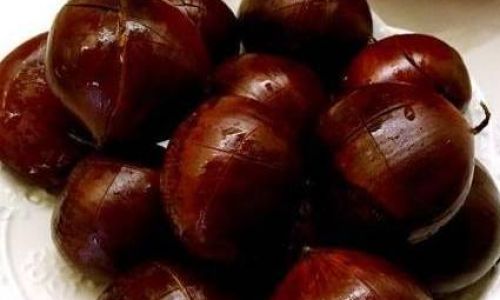
- Use a sharp paring knife or chestnut knife (a specialized tool with a curved blade).
- Hold the chestnut firmly and make a horizontal cut across the rounded side, about 1/8 inch deep.
- For roasting, extend the cut into a small “X” to ensure even cooking.
Pro Tip: If you’re processing a large batch, soak the chestnuts in warm water for 15–30 minutes before scoring. This softens the shells, making slicing safer and faster.
Method 1: Oven-Roasted Chestnuts (Classic & Crispy)
Roasting chestnuts in the oven is the go-to method for achieving that iconic, smoky flavor. It’s simple, hands-off, and perfect for feeding a crowd.
Ingredients:
- 1 lb fresh chestnuts
- 1 tbsp olive oil (optional)
- Salt (to taste)
Instructions:

- Preheat your oven to 425°F (220°C). Line a baking sheet with parchment paper.
- Rinse the chestnuts under cold water and pat them dry.
- Score each chestnut as described above.
- Toss the chestnuts in olive oil and a pinch of salt (this enhances flavor and prevents sticking).
- Spread them in a single layer on the baking sheet.
- Roast for 20–25 minutes, shaking the pan halfway through. The shells should peel back where scored, and the flesh will be tender.
- Wrap the hot chestnuts in a clean kitchen towel for 5 minutes to steam—this loosens the skins further.
- Peel while still warm (they become harder to remove once cooled).
Serving Suggestion: Enjoy roasted chestnuts as a standalone snack, or chop them and toss into salads, stuffing, or pasta dishes.
Method 2: Boiled Chestnuts (For Silky-Soft Texture)
Boiling is ideal if you prefer a softer, more buttery texture. It’s also faster than roasting and requires minimal hands-on time.
Instructions:
- Bring a large pot of water to a boil.
- Score the chestnuts and add them to the pot.
- Boil for 15–20 minutes, or until the shells split open.
- Drain and transfer to a bowl of ice water to cool slightly.
- Peel while warm.
Pro Tip: Boiled chestnuts are perfect for purées, soups, or desserts like Mont Blanc (a French chestnut paste cake).
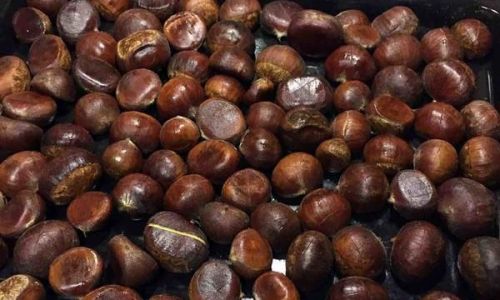
Method 3: Microwave Magic (The 5-Minute Hack)
Need chestnuts in a hurry? The microwave delivers surprisingly good results with zero fuss.
Instructions:
- Score the chestnuts and place them in a single layer on a microwave-safe plate.
- Microwave on high for 2–3 minutes.
- Let them rest for 1 minute, then peel.
Caution: Microwaves vary in power, so adjust timing accordingly. Overcooking can dry out the nuts.
Method 4: Pan-Fried Chestnuts (Caramelized Goodness)
For a deeper, richer flavor, try pan-frying. This method caramelizes the natural sugars in the chestnuts, resulting in a decadent treat.

Instructions:
- Follow the oven-roasting method until the chestnuts are partially cooked (10–12 minutes).
- Heat a skillet over medium heat with 1 tbsp butter or oil.
- Add the partially roasted chestnuts and cook, stirring occasionally, for 5–7 minutes until golden and caramelized.
- Sprinkle with brown sugar or cinnamon for extra indulgence.
Recipe Ideas: Elevate Your Chestnut Game
Now that you’ve mastered the basics, here are three creative ways to use cooked chestnuts:
Chestnut and Mushroom Soup
A velvety, earthy soup perfect for chilly evenings.
- Sauté diced onions, celery, and garlic in butter.
- Add sliced mushrooms (cremini or shiitake work best) and cook until browned.
- Stir in 2 cups boiled chestnuts, 4 cups vegetable broth, and a sprig of thyme.
- Simmer for 20 minutes, then blend until smooth. Season with salt, pepper, and a splash of cream.
Chestnut, Arugula, and Pomegranate Salad
A vibrant fall salad with contrasting textures.
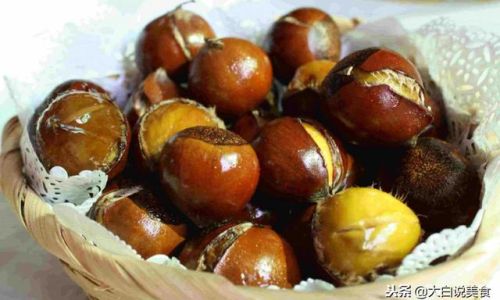
- Toss mixed greens or arugula with toasted walnuts, pomegranate seeds, and crumbled goat cheese.
- Add roughly chopped roasted chestnuts.
- Dress with a balsamic vinaigrette (olive oil, balsamic vinegar, honey, Dijon mustard).
Chestnut Stuffed Acorn Squash
A vegetarian main dish that’s both hearty and elegant.
- Halve and roast acorn squash until tender.
- Sauté cooked chestnuts with cranberries, quinoa, sage, and a drizzle of maple syrup.
- Stuff the squash halves with the mixture and bake until golden.
Sweet Treat: Chestnut Mont Blanc
This French dessert features a spiral of sweetened chestnut purée over whipped cream.
- Purée boiled chestnuts with milk, sugar, and vanilla until smooth.
- Pipe the mixture over a layer of whipped cream in a glass or on a tart base.
- Garnish with grated chocolate or a dusting of cocoa powder.
Troubleshooting & Tips
- Stubborn Shells? If peeling is difficult, reheat the chestnuts briefly to loosen the skins.
- Storage: Cooked chestnuts keep in the fridge for 3–4 days. Freeze them for up to 3 months.
- Flavor Pairings: Chestnuts shine with sage, rosemary, thyme, bacon, maple syrup, and dark chocolate.
Conclusion
Cooking chestnuts doesn’t have to be a chore. With the right techniques—scoring, roasting, boiling, or microwaving—you can transform these humble nuts into culinary stars. Whether you’re craving a cozy winter snack or an elegant dinner party centerpiece, chestnuts offer endless possibilities. So grab your apron, sharpen your knife, and let the magic of chestnuts elevate your kitchen creations. Bon appétit!
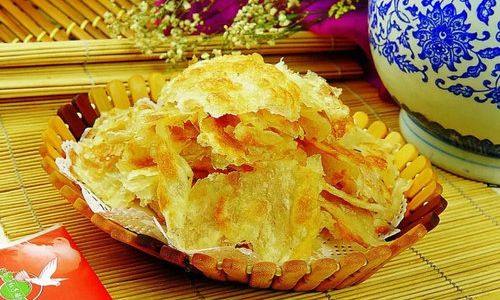
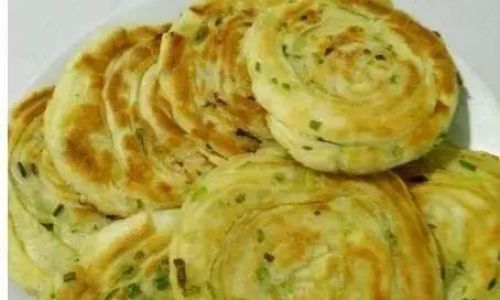
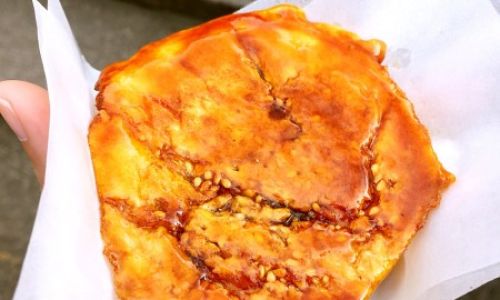

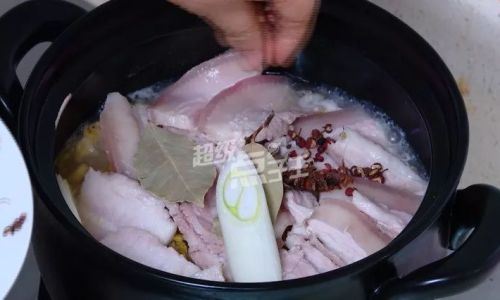

0 comments